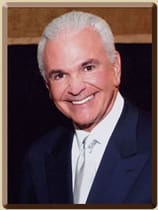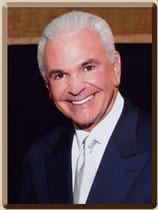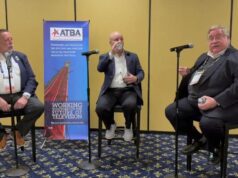Gary Cocola, ATBA Board member, as well as President and CEO of Cocola Broadcasting Companies, began working at television and radio stations during his young adult years. This ignited his dream of becoming a game show host. He was quickly talked out of it by his agent at the time and decided that he would be better off working alongside his father in the produce industry in the San Joaquin Valley, a job he would end up doing for the next twenty-two years.

In 1977, Cocola applied for his first full power television station permit and finally, seven years later, received the construction permit to build Channel 59. He eventually built a low power channel, Channel 66, in order to continue running one of his programs for 24 hours a day. Thus, beginning his ongoing career in low power television. He now owns two full power stations and many low power stations in Central California and Boise, Idaho.
Given that he has over 27 years in the broadcasting industry, Cocola is optimistic that ATSC 3.0 will only make the industry stronger. He believes the arrival of ATSC 3.0 will increase the value of television and broadcasting as a whole.
“Television operates on a spectrum of frequencies and there’s a limited resource, especially since the repack of television Channels 2-36. They’ve taken away all of the channels above 36 for broadcasting, so now we’re living with a limited resource of wireless communication,” said Cocola.
Cocola feels that ATSC 3.0 provides a hope for broadcasters by expanding the use of their limited resources, caused by the recession in the early 2000’s and the recent channel repack.
“I’ve always had a firm belief that we’re in the business of supply and demand,” says Cocola. “If you have a lot of demand for spectrum then the value of the spectrum should appreciate, so I think that with the advent of ATSC 3.0, the value of television properties is going to escalate.”














